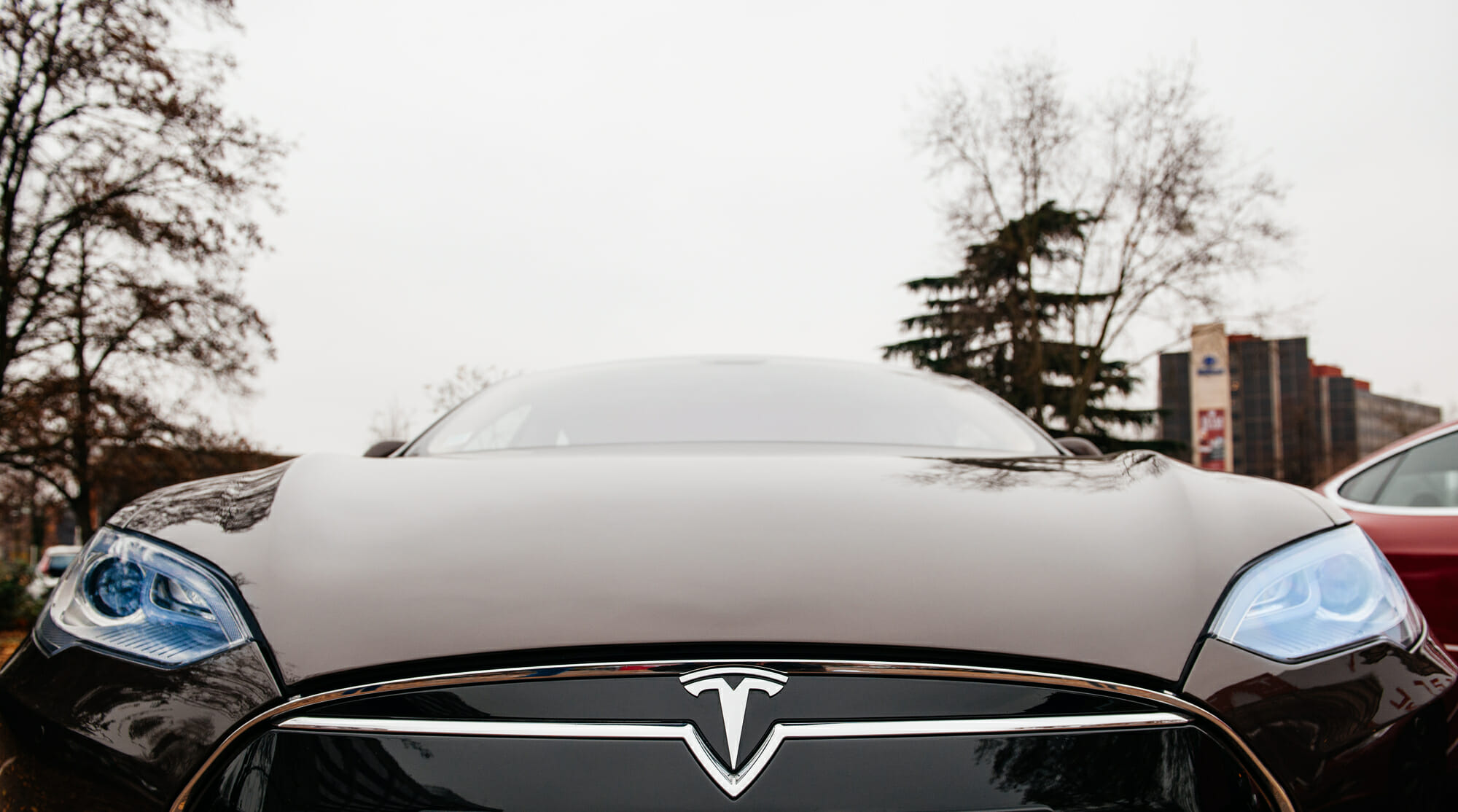
Elon Musk had made the Tesla brand not only a trendsetter among electric vehicles, but for a number of years, THE trend. Nothing else really compares.
Even with a growing field of competitors, Tesla has, by far, more customer road hours under its belt than others in the category. As a result, there is plenty of verifiable and reliable data about the care, life, and replacement of a Tesla car battery.
We’ve taken some time to gather that information for you so you can make good decisions about the care and long-term life of that dream car you drive.
How long do Tesla batteries last?
While the lithium-ion batteries in a Tesla are a modern wonder, like all rechargeable batteries, they do have their limits. The technical term for these limits is battery degradation.
Science Direct provides a detailed study of the factors that affect the life span of a lithium-ion battery. If you want to pop the $30 and do hours of reading, you can get the full report, or we can tell you what real-world owners think of the Model 3.
The battery and drive unit are covered:
- Model S/Model X: 8 years or 150,000 miles, whichever comes first, with a minimum 70% retention of battery capacity over the warranty period.
- Model 3/Model Y: Standard or Standard Range Plus – 8 years or 100,000 miles, whichever comes first, with a minimum 70% retention of battery capacity over the warranty period.
- Model 3/Model Y: Long Range or Performance – 8 years or 120,000 miles, whichever comes first, with a minimum 70% retention of battery capacity over the warranty period.
This shows that Tesla was willing to predict most of its vehicles would still have at least a 70% retention of their battery capacity after 8 years or 120,000 miles of use.
Tesla doesn’t publish any official numbers, but several European owner groups report the following about the Model 3 Tesla battery:
- A slight drop in efficiency after the 50,000-mile watermark, but not more than 5%
- After 160,000 miles, the battery operates at a 90% capacity
The same owner surveys show that their batteries retained 80% capacity after half a million miles. That means that short of a complete breakdown, the average Tesla battery will long outlive even the most cutting-edge internal combustion engine.
How Do I Care for My Tesla Battery?
Despite its extended life cycle, that doesn’t mean there aren’t some things an owner can do to milk the most of that battery’s life. Some factors include:
Environmental factors– As with all electronics, heat is the devil in the details of any lithium-ion battery. As a general rule of thumb, lithium-ion batteries should be kept between 20F and 85F. That doesn’t mean your battery will fail beyond that range, but be aware extended use in extreme temperatures will impact the degradation rate of your battery.
Charging habits – Consistently supercharging rather than using the more standard slower charge will hurt the battery’s health. Some rules for proper charging are:
- Never leave your battery at a 100% state of charge. A 100% range charge is fine as long as the battery does not stay at 100% for more than a few hours. For overnight charging that requires a maximum charge (prior to a road trip), set your “start charge time” to a time that will result in a full charge about one hour before your planned departure.
- It is also not a good idea to leave your battery in a discharged state (under 30%) for long periods of time. Just a reminder electric vehicles consume power even when not in use (about 1 % per day).
Balancing’ Your Battery
Battery balancing is meant to maximize your battery’s capacity by evening out charge distribution. Only do this with your certified Tesla technician’s direction. Opinions vary on what is best, but your battery does need this from time to time to lengthen its charging life.
According to the Teslarati site:
The only accurate way to measure the amount of energy a battery can store is to fully charge the battery, then completely discharge the battery to zero, then measure the amount of energy that was released. While this would give an accurate measurement, it would not be good for the battery. So the Model S uses algorithms to estimate the amount of energy a battery can store.
How Much Does a Replacement Battery Cost?
This is where trusting a quick Google search could be really misleading. Google ads about that proclaim you replace your Model 3 battery for between $3,000 and $7,000, but that is less than half true.
The battery pack is the single most expensive and complicated component of your Tesla. While job #1 on a Tesla Service invoice for a battery replacement is the battery itself, job #2 covers all that is involved in testing the old battery and installing the new one.
The final cost of installing a $7,000 battery can end up approaching $20,000!
The good news is that electric batteries are generally designed and built to last the life of the car. Be sure and visit your Tesla dealer every 12,5000 miles for an inspection, follow good charging habits, and you may never have to worry about buying a new battery. If you do, check back here often.